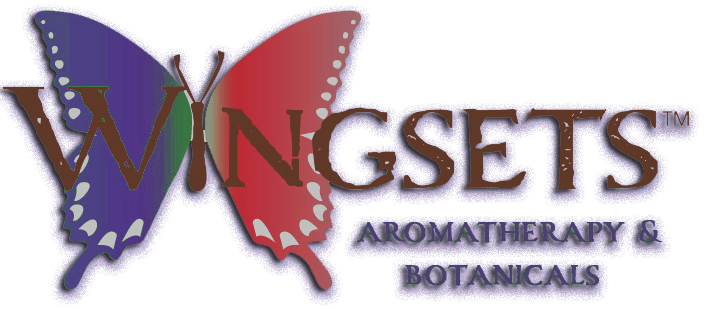Basil essential oil
According to available literature and research available this essential oil has the properties as listed below:
As mentioned in the "short" version, this particular essential oil has many different chemotypes and they do have somewhat differing properties. Oils distilled from this plant are mainly of two chemotypes, Linalool and Methyl Chavicol. The Linalool is mostly considered to be more "therapeutic"; however, our experience is that it depends on your desired results. We like the Methyl Chavicol more as an insect repellent but there are some indications that this chemical constituent might carry some carcinogenic risks. The chemotype we offer on our website is Linalool. We, however, are not including essential oil chemistry in our on-line essential oil database as we believe that information should be studied in depth and not just lightly mentioned. We do offer in-depth discussions of chemotypes and chemical constituents in our classes for those who want to become more educated in this area.
Emotional & Central Nervous System: Mental stimulant, restorative, antispasmotic , useful for metal fatigue (see our Stay Awake™ blend), nervous insomnia, anxiety, essentially (pun intended!) a tonic for the adrenal cortex. Reported to be one of the best aromatics to be used as a nerve tonic, very uplifting and an antidepressant, our research has shown that it also helps with migraines. Basil is known to “strengthen memory” and “sharpen intellect”, which is why we recommend our Stay Awake™ blend for truck drivers and all college students. You can read my personal testimony under the information about our Stay Awake blend, but suffice it to say, basil essential oil is a neurotonic.
Respiratory: Reported to alleviate whooping cough, asthma, bronchitis and emphysema. Basil is also useful for sinus congestion, colds, fever or infectious diseases such as the flu and can be used as an expectorant.
Gastrointestinal: Used to relieve flatulence, dyspepsia, travel sickness or abdominal cramps as well as hiccups.
Urinary: As it is anti-infectious, basil has been used to relieve urinary tract infections.
Reproductive System: Basil is reported in the literature to be an emmenagogue, which means stimulates menstrual flow or blood flow in the pelvic area. Basil also has been reported to be galactagogue, which is anything that stimulates or excites lactation or otherwise known as milk flow.
Musculoskeletal System: Basil essential oil is very good for tired and overworked muscles, especially after a particular difficult run, workout or good day in the garden. It is reported to improve blood circulation and decrease rheumatic pain.
Immune System: Basil has been reported to be anti-infectious, antiseptic and antiviral, being especially helpful for hepatitis A & B. See our Immune Enhancer blend. See a research abstract reference below.
Skin/Dermatological System: Useful to relieve effects of wasp stings and snake bites if used quickly. It is also a well-known insect repellent and used to relieve pain from insect bites in general. Appears to be particularly effective in repelling flies.
Can cause skin irritation if not diluted properly. Use sparingly and with caution. Avoid during pregnancy or hepatic (liver) disease. There are many different varieties of basil, the one we offer here is higher in the constituent linalool which is thought to be more therapeutic, soothing and uplifting. There are varieties that are high in methyl chavicol which in high doses may be carcinogenic.
IMPORTANT: All of our products are for external use only.
We also suggest you have a good working knowledge of the use of essential oils or consult with an aromatherapy professional prior to use. In addition, Essential Oils must be properly diluted before use in order to avoid any damages to property or adverse physical effects (including injury or bodily harm). Please read our Disclaimer before using our products.
Chiang LC, Ng LT, Cheng PW et al (2005) Antiviral activities of extracts and selected pure constituents of Ocimum basilicum. Clinical & Experimental Pharmacology & Physiology 32:811-816












